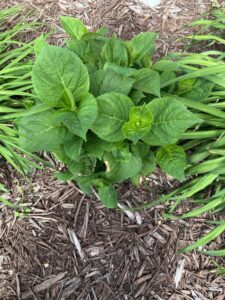When it comes to landscaping, having to work between property lines can present certain challenges. However, there are many creative and attractive ways to landscape between property lines that will keep both parties happy. In this article, you will learn about some of the most effective and aesthetically pleasing ways to landscape between property lines.
- Install a low-maintenance fence or hedge for privacy. If your budget is tight, it’s probably best to go with a hedge, but it’s always a good idea to get quotes on both to see which one is cheaper and also the best option for you.
- Create a border with colorful flowers or shrubs. These two ways can be combined and used together to create a beautifully landscaped property line. Add in some flowering shrubs as the backdrop to the smaller plants in front of them. Remember, try not to go with no more than 2 different types of shrubs, unless you like variety you can get away with 3 different types of shrubs. Variety comes in with the plants, so go all out with plants.
- Use natural stone or decorative pavers to define the boundary. This is a perfect way to split property lines. You can do straight lines or curved lines, or you can do both. There are a variety of pavers and stones to choose from, so make sure to do some research before purchasing.
- Incorporate vertical elements like trellises or arbors.
- Add lighting to highlight the perimeter at night. You’re probably wondering, how will this help during the day. Your lights will set the boundaries. Let’s not forget the character the light fixtures will add to your outdoor space.
- Consider using native plants for a sustainable and eco-friendly landscape. This is similar to option #2, but instead, use all native plants and shrubs to create this boundary.
- Use a combination of different textures and heights for visual interest. This is where you can use a combination of deciduous shrubs and evergreens. You could include some boulder rocks throughout the design to give it a natural look.
- Incorporate seating areas or pathways along the property line for added functionality. This is one of those options you can use in combination with any of the above.






